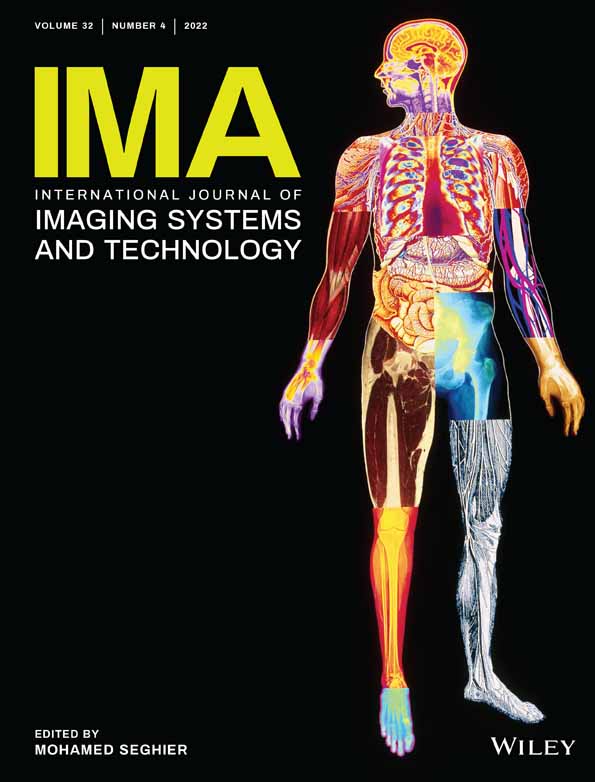CR-SSL: A closely related self-supervised learning based approach for improving breast ultrasound tumor segmentation
Abstract
Breast ultrasound (BUS) tumor segmentation can help with the early detection of breast cancer; however, the lack of human-labeled training data is a big problem in this area. To deal with this, we propose a novel self-supervised learning approach (CR-SSL), where several related pretext tasks like unsupervised segmentation and edge detection are firstly learned, followed by the target tumor segmentation based fine-tuning. Learning such related pretext tasks ensures better representation learning. Experimental study shows that CR-SSL can improve the mean Dice and Jaccard scores by more than 4–5%, with ≥0.6 scores while having access to only 20–50 human-labeled training samples. The best Dice scores of 0.7303 and 0.8207, and Jaccard scores of 0.7082 and 0.8015 are obtained by CR-SSL on the test datasets. Compared with the No-SSL baseline, CR-SSL can achieve (10–20)% improvements in segmentation quality while working in small-sized training dataset scenarios, suggesting its high potential practical utility.
CONFLICT OF INTEREST
The authors declare no conflicts of interest.




